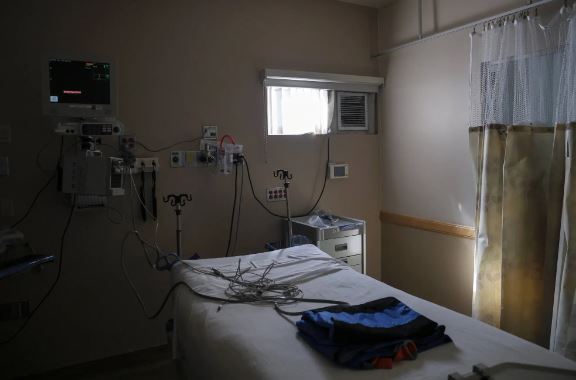When is the right time to withdraw life support from a comatose patient with a severe traumatic brain injury? A new study suggests that doctors and families may make more informed decisions if they wait a bit longer than the usual 72-hour period.
Typically, within 72 hours of a patient’s admission to intensive care, doctors sit down with family members to discuss the patient’s prognosis and decide whether to continue life support. Often, the prognosis appears grim, with many doctors predicting death or severe disability. Consequently, many families opt to withdraw life support, leading to the patient’s death.
However, the new study, published in the Journal of Neurotrauma, indicates that these early predictions may often be incorrect. Using a national database of 1,392 traumatic brain injury patients, researchers compared outcomes for 80 patients who died after life support was withdrawn with 80 similar patients whose life support was continued.
The findings revealed that while most patients who continued on life support still died within six days, 42 percent of them recovered enough within the next year to achieve some level of independence, with a few even returning to their former lives.
Dr. Walter Koroshetz, director of the National Institute of Neurological Disorders and Stroke, who was not involved with the study, emphasized the value of these findings. He noted that the longer families wait to decide, the more accurate the doctors’ prognostications become.
Despite the study’s limitations, Dr. Koroshetz pointed out the ever-present uncertainty in such situations. He mentioned that recovery is typically slow and can take months or years. However, there are cases where patients who were expected to remain severely disabled manage to make significant recoveries. Some patients who initially required ventilators have returned to the hospital a year later in much better condition than expected.
The study highlights the rare but real possibility of significant recovery, although most survivors still end up with permanent disabilities. Recovery is arduous, often involving long stays in rehabilitation centers, and for some, the ultimate destination may be a nursing home.
Dr. Claude Hemphill of the University of California, San Francisco, a member of the research group but not directly involved in the patient enrollment or data analysis, pointed out that the 72-hour decision-making window is not scientifically based but has become a convention. He explained that this timeframe persists because these patients look very sick upon arrival, compelling many physicians to make early decisions.
The motivation for the study stemmed from the experiences of Yelena Bodien, a neuroscientist at Massachusetts General Hospital and Spaulding Rehabilitation Hospital, and her colleagues. Families visiting patients in rehabilitation often recounted that doctors had given them very bleak prognoses, saying their loved ones would never walk, talk, or return to work.
Her colleagues, however, saw things differently, pointing out that making an early decision could commit patients to a life they would not want. This dilemma underscores the immense pressure physicians face to provide families with precise diagnoses despite the uncertainty.
The study’s findings underscore the “disability paradox,” where people with severe disabilities often report having meaningful lives, contradicting the beliefs of healthy individuals who think such a life would be unacceptable. This insight is crucial when advising families, as it calls for humility in both prognostication and in judging the quality of life that might be acceptable.
Dr. Hemphill hopes doctors will take these findings to heart and approach these decisions with an open mind. He suggests that the truth based on new data might be different from what was traditionally taught in medical school.
The study underscores the need for a nuanced approach, emphasizing that doctors and families should consider waiting longer than the conventional 72 hours before making life-and-death decisions. This could lead to more accurate prognoses and potentially better outcomes for patients with severe traumatic brain injuries.

